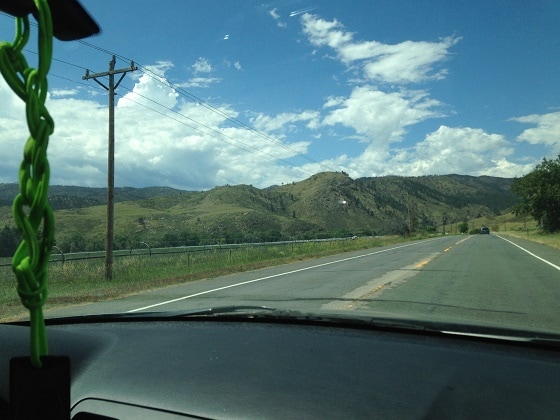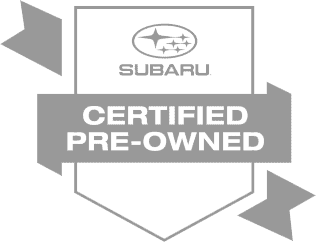

Packing lists are key. Even if you think you have a steel trap on your shoulders, write out a list just to be safe. Writing out a detailed list of everything you’re going to bring can help make sure nothing is forgotten, and it can also help you think of things you might not have thought about bringing. Try categorizing items based on whether or not you will need them during the driving portion of your road trip. For example you won’t need to unpack your extra pair of shoes, and you don’t want to leave your driver’s license in the bottom of your duffle bag.
Put a crate, bin, caddy, or some other type of organizer in the cabin.
Have things that you want to access easily, easily available. Pack items you might want to access in the tops of bags and packs. Pack the items you know you won’t need on the drive first.
Try and put most of the weight as close to the center of the vehicle as possible. Push heavy luggage as far forward towards the driver’s seat in the trunk or cargo. Try and position most of the weight in the middle of the vehicle rather than on the left or the right. If you’re stacking luggage, put the heaviest items on the bottom to keep a low center of gravity. Makes for a smooth ride, fuel efficiency, and handling.
Secure items so they don't roll around or topple over during your drive. Make sure that you can see through your rear window.
Hope for the best but plan for the worst. There's nothing like a blowout or dead battery to put a damper on a trip. Make sure your spare is fully aired and in good condition. Also make sure you’ve packed a jack, crank, and wrench to change a tire if need be. Pack jumper cables and a flashlight just in case.
Pack food and water. Fresh fruits and vegetables or other healthy snacks will help keep the car from getting hungry and help save money that would have been spent on junk food at rest stops.





